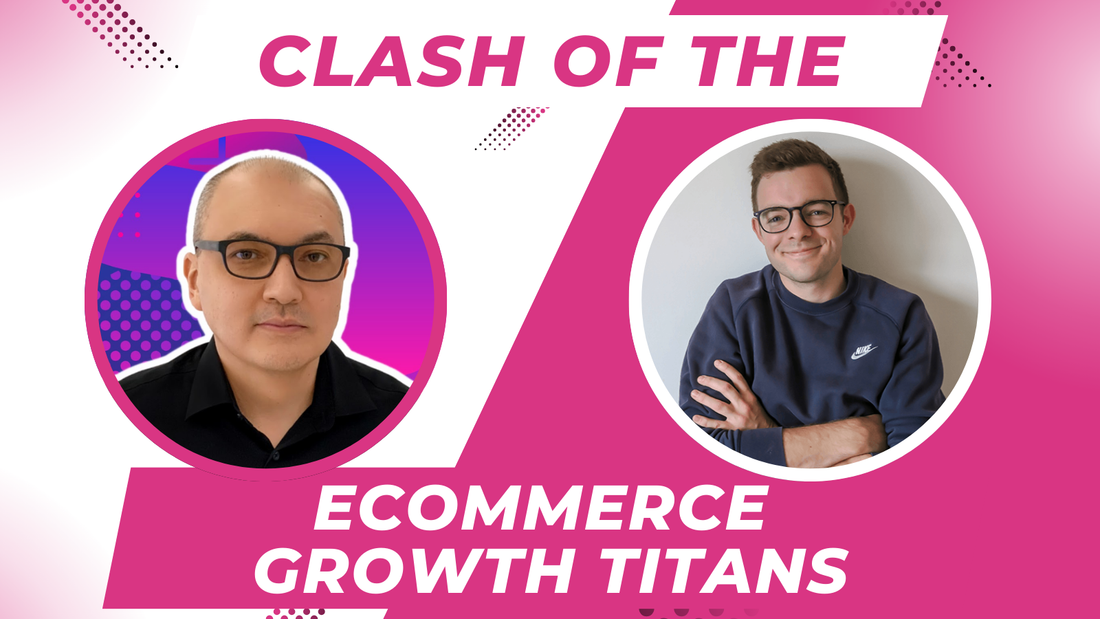You can also listen on:
Apple Podcasts / Spotify
E-commerce businesses often hit a revenue plateau, struggling to push past certain milestones despite investing heavily in marketing. In a recent episode of the Winning with Shopify podcast, we welcomed e-commerce growth expert Sair, who shared invaluable insights into breaking through these barriers.
Scaling Shopify Brands with the Right Strategy
Sair has spent 25 years in e-commerce, co-founding VaynerCommerce with Gary Vaynerchuk and working with leading investors, including Shark Tank's Matt Higgins. His experience has led him to develop the 8D Method, a framework designed to optimise multiple dimensions of a business beyond just marketing.
For Shopify brands that have hit a revenue ceiling, the key issues often lie within operations, logistics, and customer retention—not just advertising strategy. Sair’s program has helped brands grow their revenue by an average of 108% in just one year, with some seeing results in as little as six weeks.
The 8D Method: A Holistic Approach to Growth
Many businesses focus solely on advertising, but sustainable growth requires addressing eight core dimensions:
- Performance Optimisation – Ensuring the business foundation is strong before scaling.
- Marketing & Merchandising – Including pricing strategy and customer segmentation.
- Operations – Logistics, technology, and team efficiency.
- Lifecycle Marketing – Turning one-time buyers into repeat customers.
A key takeaway is that successful brands don’t just increase ad spend—they refine their entire business model for compounded growth over time.
One-Hit Wonders: The Customer Retention Problem
A common challenge for Shopify stores is that over 70% of customers only make a single purchase. Many businesses mistakenly focus on acquiring new customers rather than improving retention strategies. Instead of relying solely on retargeting ads or discount incentives, businesses should:
- Use RFM (Recency, Frequency, Monetary) analysis to segment customers.
- Improve post-purchase communication with valuable content rather than just sales pitches.
- Offer better product discovery pathways to encourage repeat purchases.
Page Speed: The Overlooked Conversion Killer
Before investing more in ads, Sair advises Shopify businesses to audit their site speed using tools like GTmetrix and WebPageTest.org. The critical KPI? Time to Interact—the time it takes for a webpage to become fully usable. The ideal benchmark is under 1.7 seconds, aligning with the average human attention span.
Most Shopify stores, however, fall between 15-20 seconds, meaning many potential customers abandon the site before it even loads. Bloated themes, excessive apps, and unoptimised scripts slow down performance, ultimately costing brands both conversions and ad efficiency.
Attribution: Understanding Where Your Profits Come From
One of the biggest challenges in e-commerce is accurately attributing revenue to different marketing channels. Many brands rely on data from Meta and Google Ads, both of which either overestimate or underestimate their impact. Instead, using a third-party tool like AdBeacon provides a holistic view of which channels truly drive profitable conversions.
By focusing on session value rather than conversion rate alone, businesses can optimise their budget allocation and scale the most effective channels, ensuring long-term profitability.
Final Thoughts: A Smarter Approach to Scaling
Growth isn’t just about spending more—it’s about optimising every aspect of the business. By refining site speed, retention strategies, and attribution models, Shopify brands can scale efficiently while maintaining strong cash flow.
Check out the full podcast episode here.
This episode was brought to you by Nick Trueman, Director of PPC & SEO Agency, Spec Digital.

